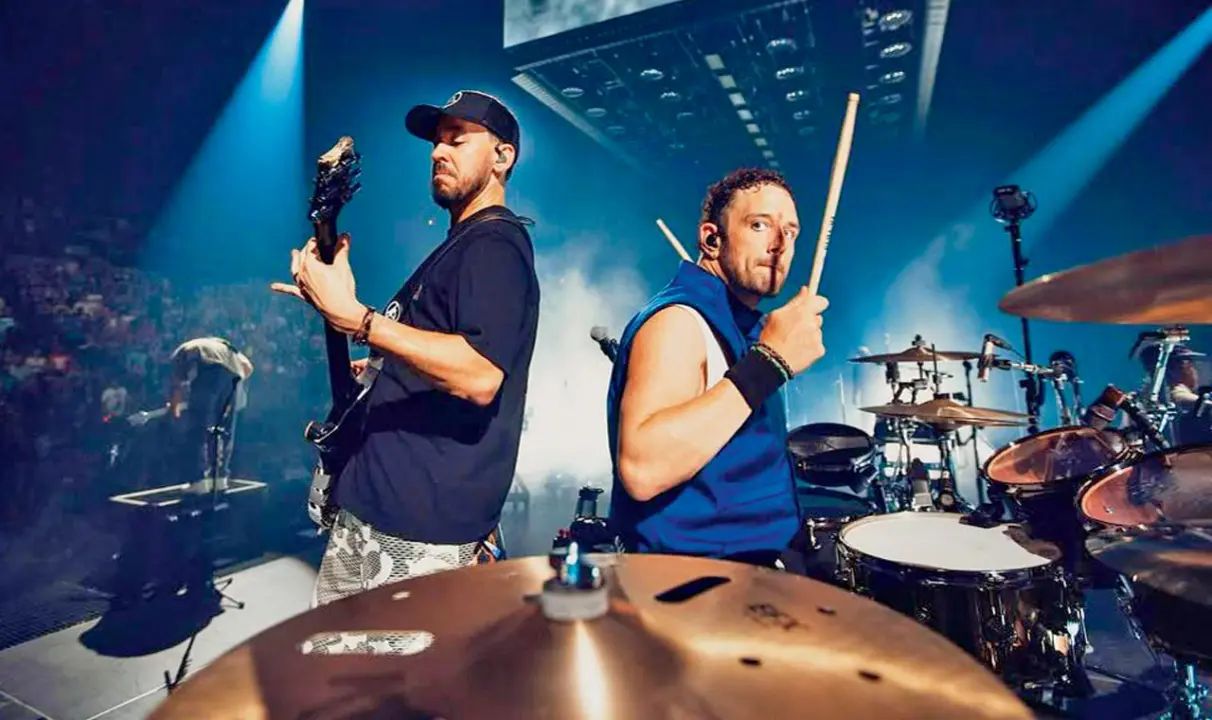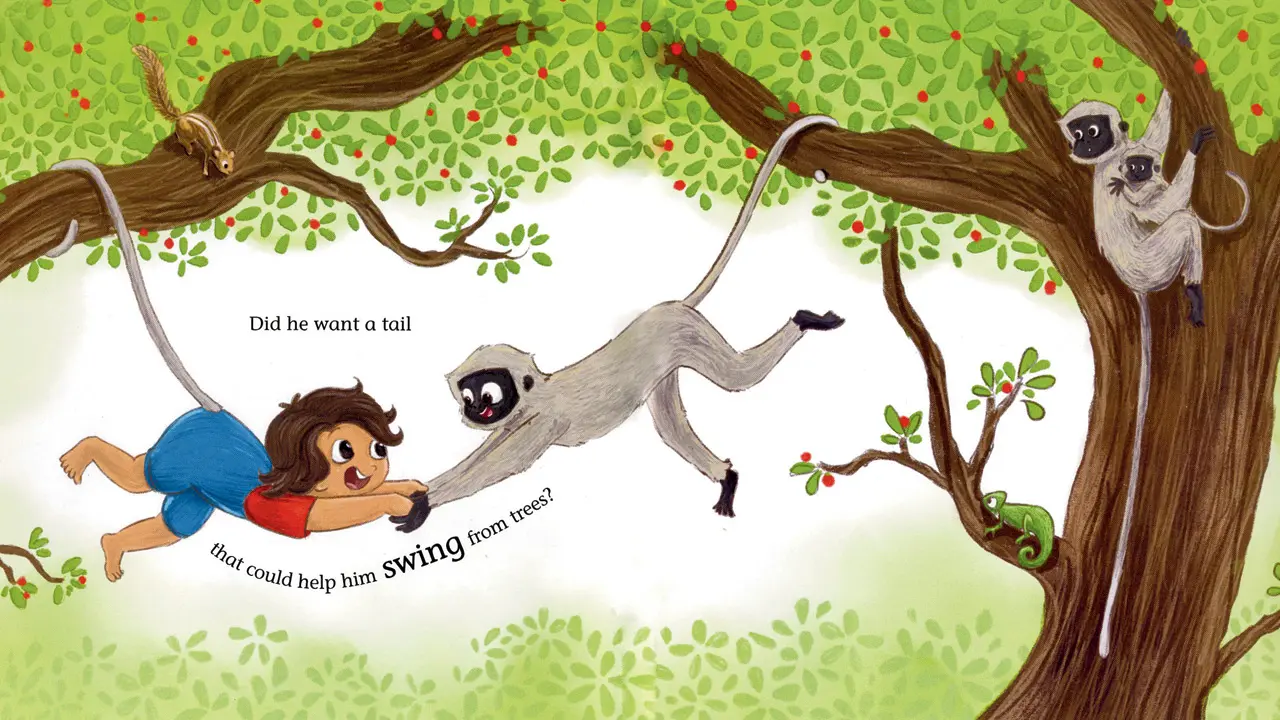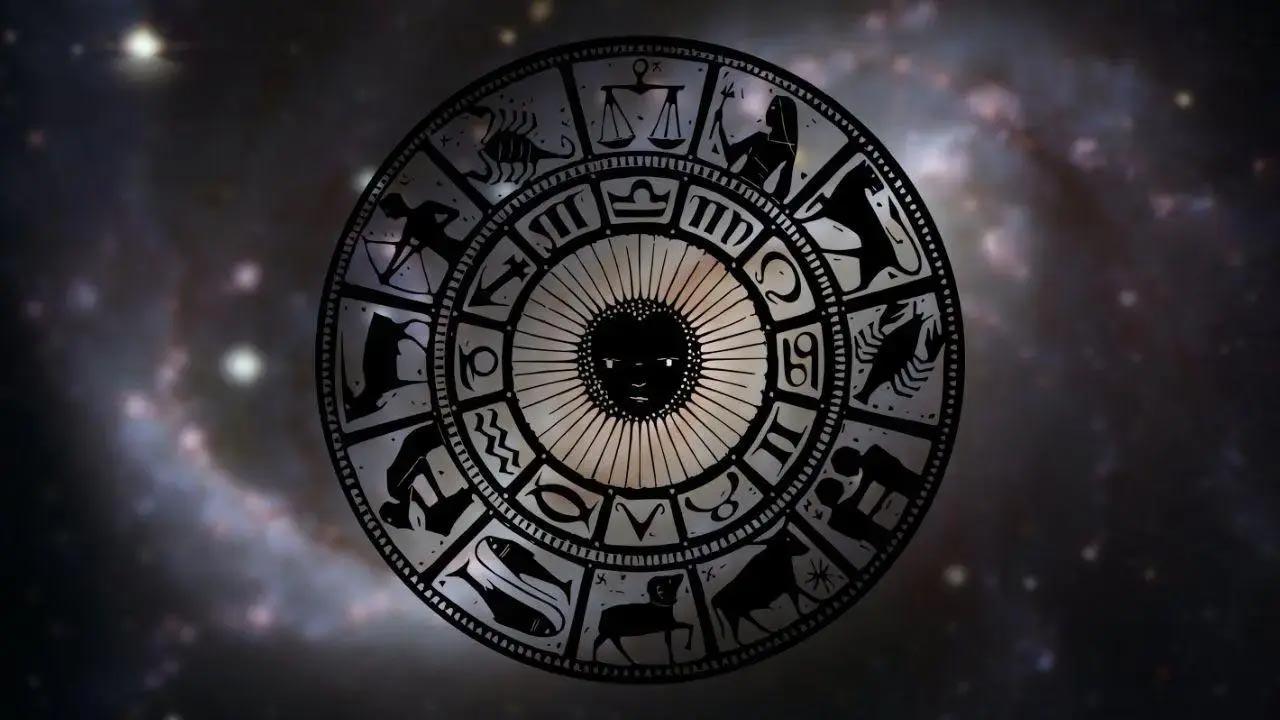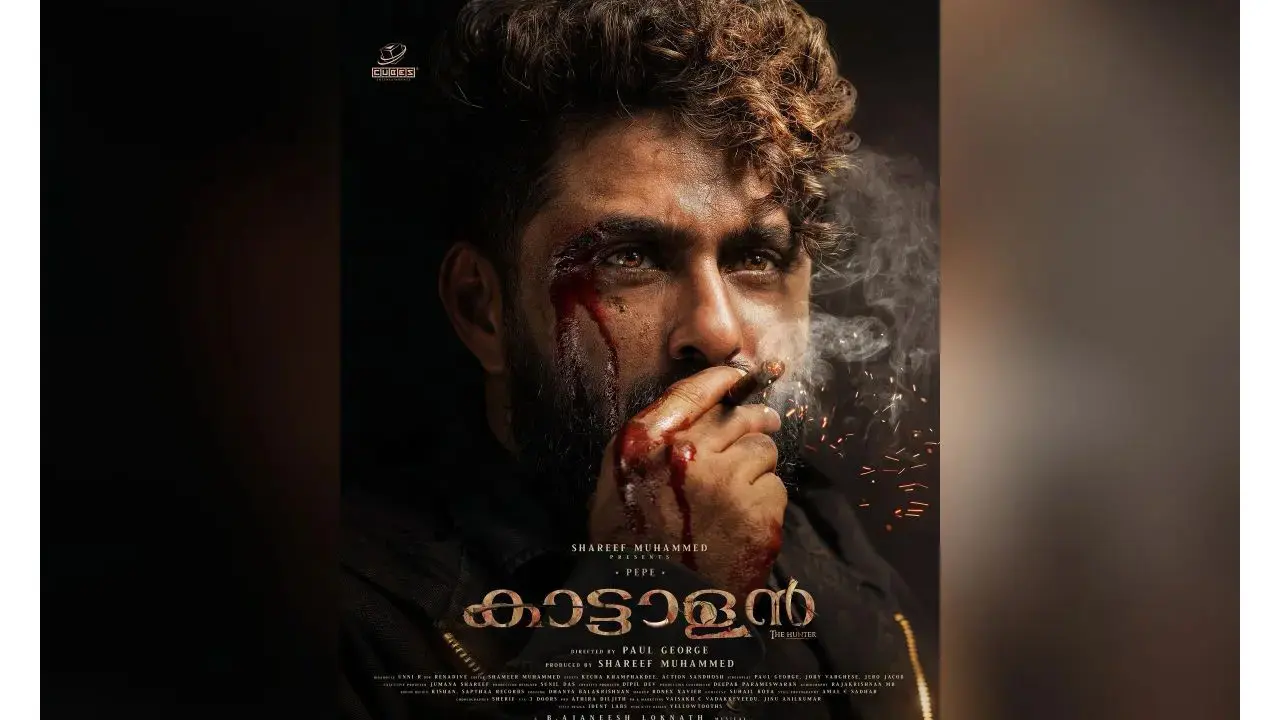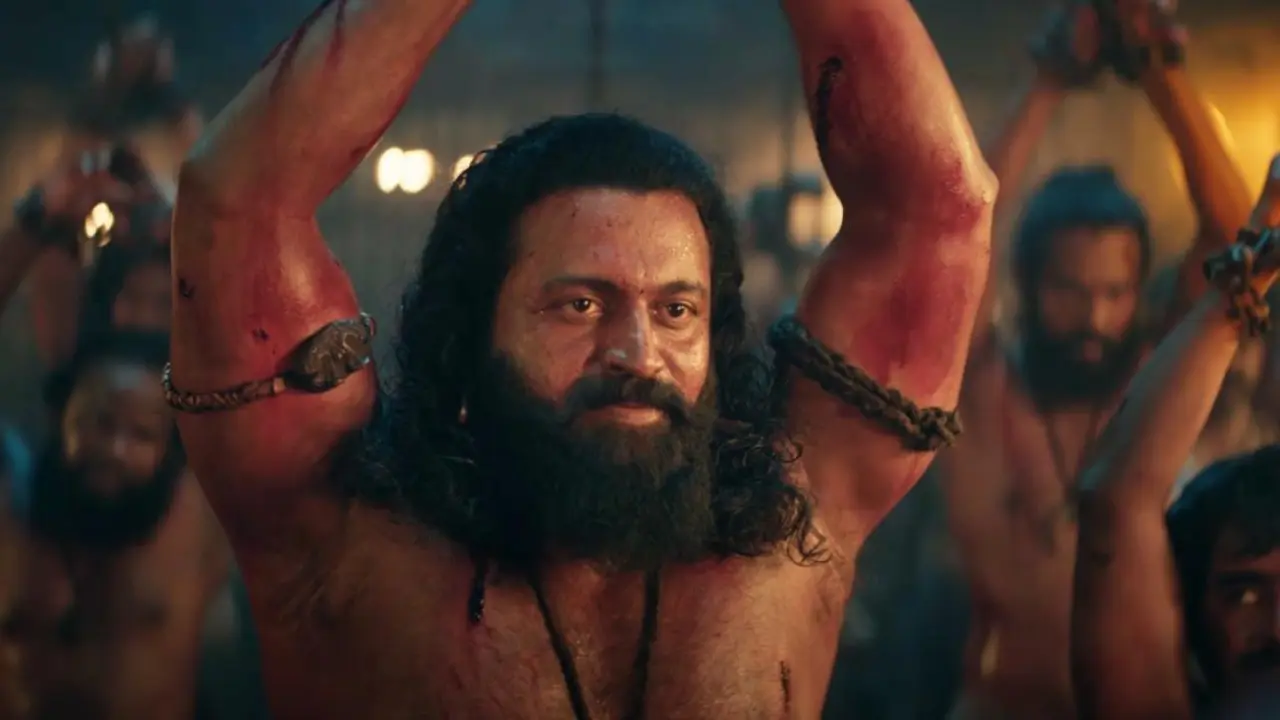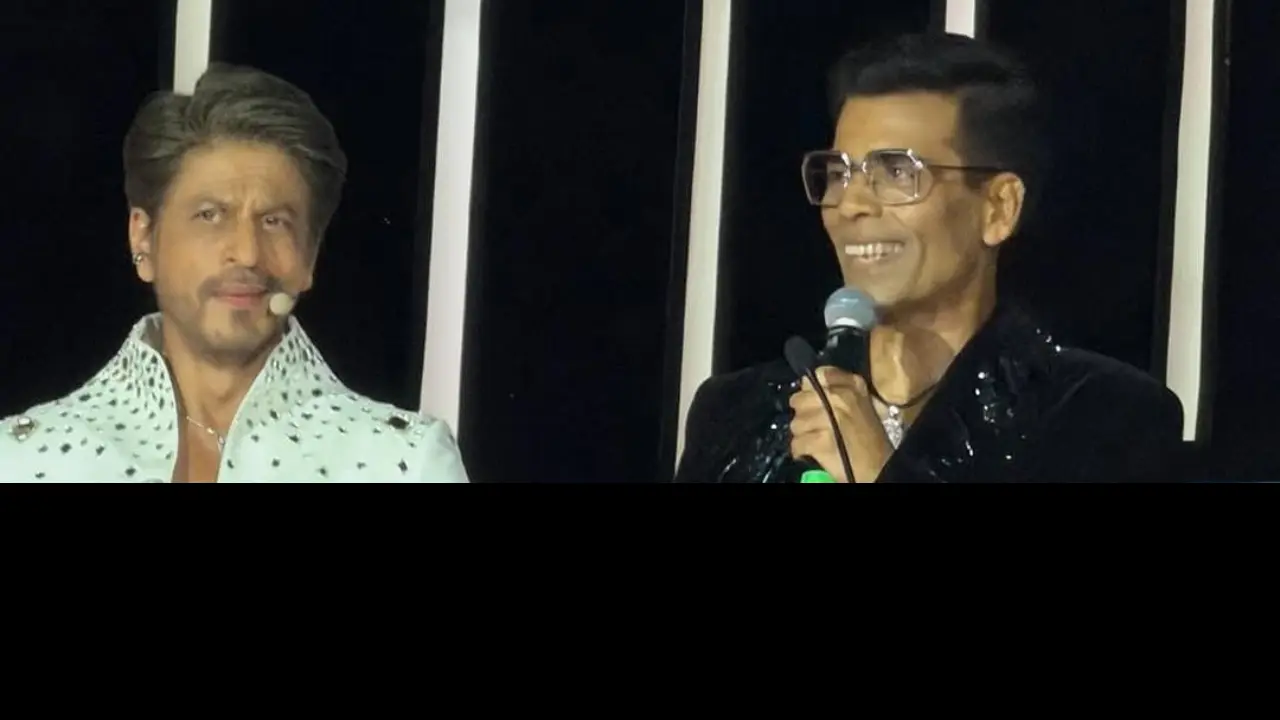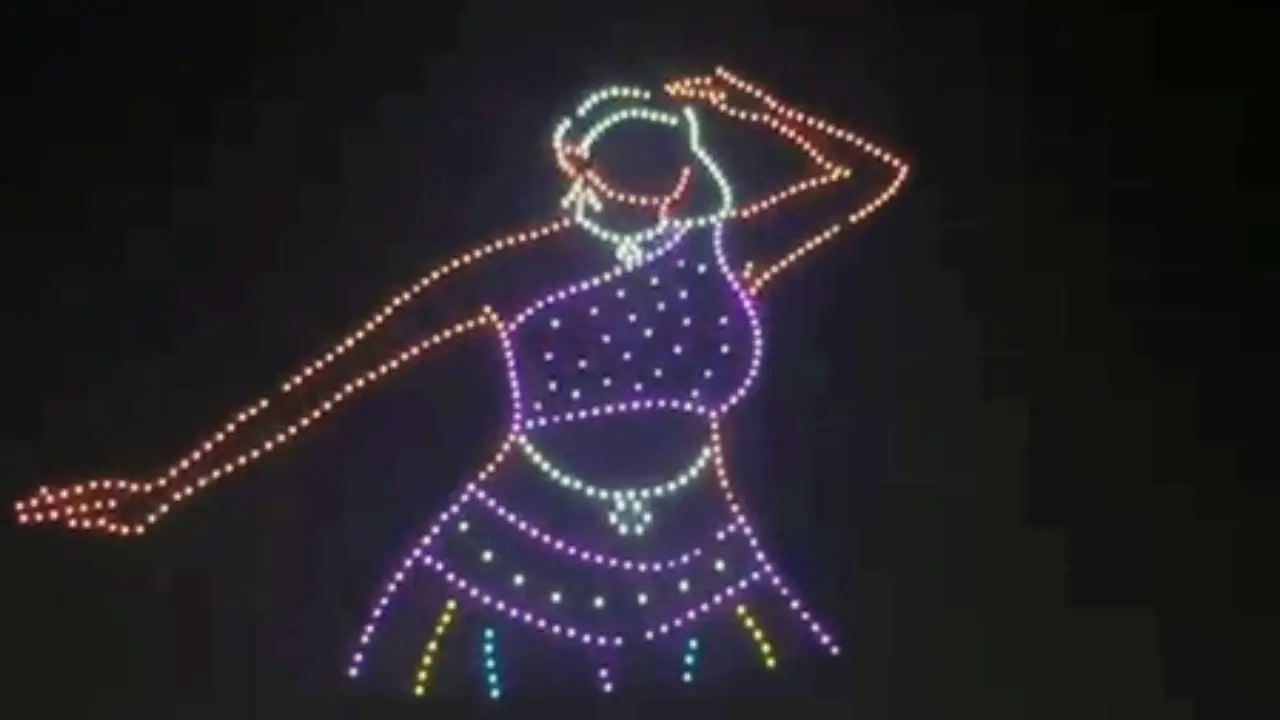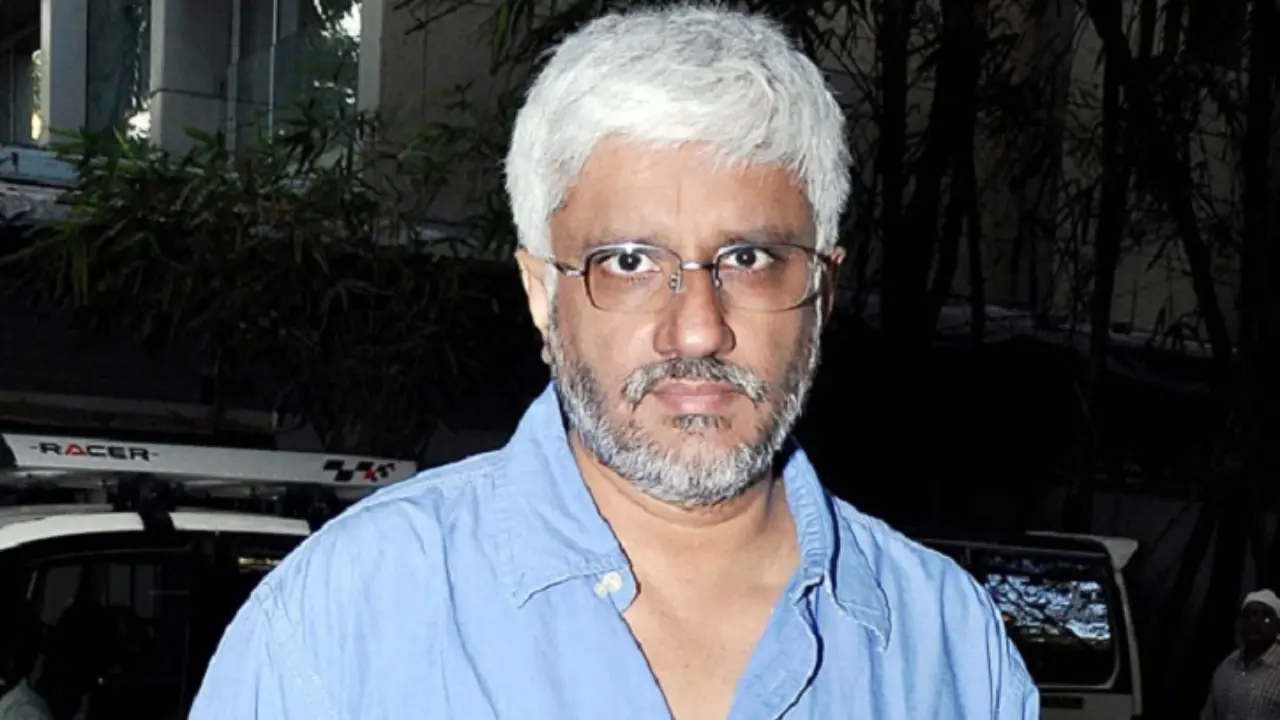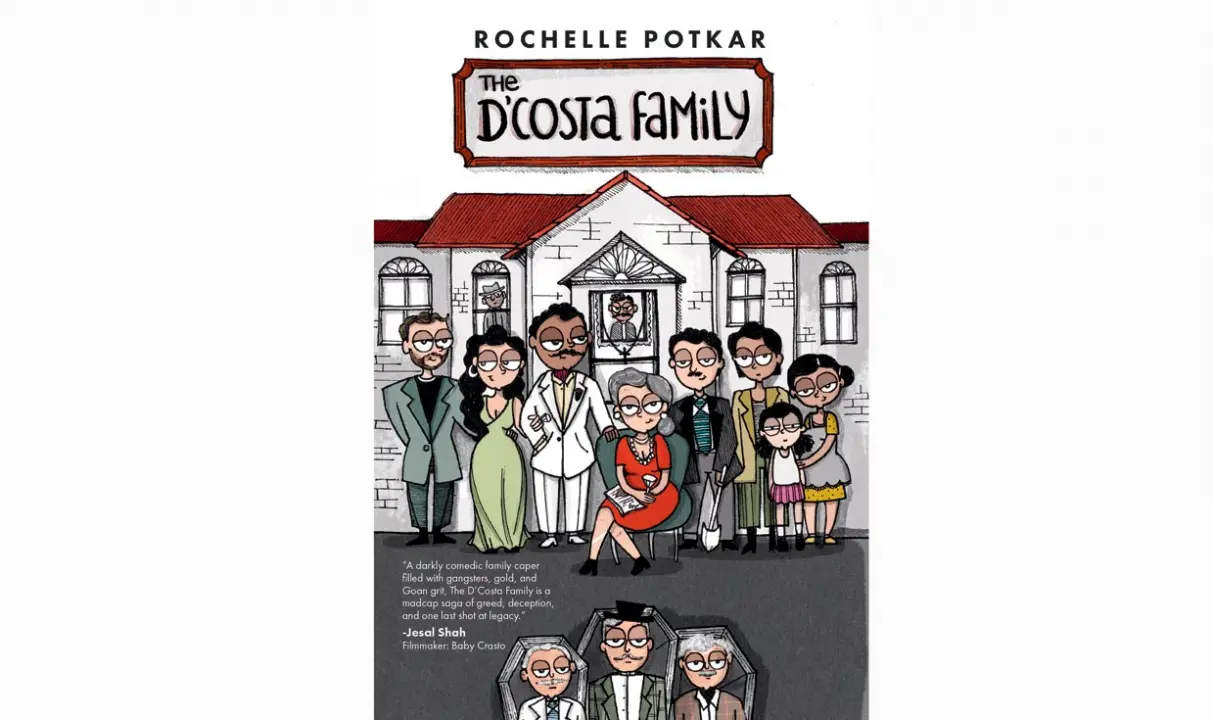
At the centre of the book is the re-election of the next Don against the background of property matters. Where did this idea come from?
I was born and brought up in Kalyan in a family of landlords and landladies, so the basic set-up of the story comes from that world. Everything else is distorted and exaggerated for the genre. The story draws inspiration from Goan culture and is meant to be tongue-in-cheek with its ‘Portuguese hangover’ (the nostalgic affinity some Goans feel toward the erstwhile Portuguese rule, the fascination with Lisbon, or the desire for Portuguese passports).
For instance, the Burgundy House is named after The House of Burgundy in Portugal, and is symbolic of an imaginary ‘Lisbon in Kalyan’, a grand, self-made citadel built by two powerful families, the D’Costas and the Josephs. They’ve created their own little empires far away from Bombay (now Mumbai), complete with hierarchies, capos, and self-declared dons. It’s not a mafia story. They are engaged in small illegal activities, inflated humorously to the scale of a Goan mafia — a playful nod to how people assert superiority within social hierarchies.
After living in Mumbai, I began to understand the value and worth of land, property, and real estate: how pin codes define aspirations in the island city. Hence, the land in this story becomes a battleground. What happens when one generation is consumed by greed? Does the next generation break that cycle, or continue it in a new form?
Rochelle Potkar
The women in the book are rebellious, beginning with the matriarch Rita D’Costa. What inspired you to create such characters?
I’ve drawn heavily from the world I grew up in: my family, neighbours, and the Goan, Sindhi, and Anglo-Indian, Maharashtrian communities around me. There was this huge reservoir of character types, mannerisms, and quirks stored in memory. What made this material more distilled was my training as a screenwriter and novelist: to build characters and decide what to keep, what to discard, and what makes a character dramatically alive. You learn that a strong character operates from clear motivations and conflicts.
I wanted to show how patriarchy seeps into every layer —even into food and kitchens. The men here aren’t just landlords running their sabha or dens; they’re also deciding what’s cooked at home. They decide only Goan food will be made, not Anglo-Indian cuisine. The rebellion starts there, in the kitchen. That’s where Rita D’Costa’s character develops, from this daily erasure of her food and her culture. Whereas the rebellion in the younger generation, as Annette’s, is more emotional. She doesn’t like her arranged marriage, and wants to follow her own heart, her own dreams. Apollina exists in the 1990s, when conversations around gender and sexuality weren’t as open. We didn’t have the vocabulary then; she exists in that unarticulated LGBTQiA+ haze. She dresses in her husband’s clothes, does things ‘unladylike’. The older and younger women rebel differently, but they do it for the same reason: claustrophobia.
Why did Callian become the central location where the narrative is situated?
I decided not to call it Kalyan. Instead, I used its older, British-era name so that I could distort, invent and play around and not stay historically accurate. Callian becomes a metaphorical place, a “place upon a place” — familiar, yet not real. I wanted that fluidity to play with overlapping timescapes, to superimpose the old and the new, and to let the story grow without the burden of factual precision that fiction so allows for.
AVAILABLE Leading bookstores and e-stores
COST Rs 405

